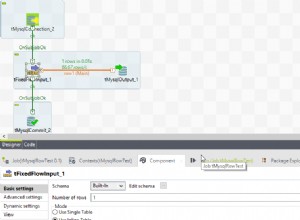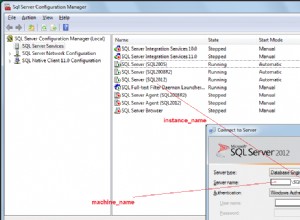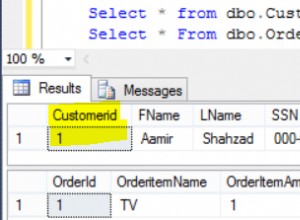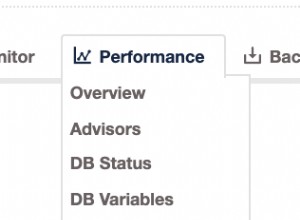Hay varias formas de transformar los datos. Algunos usan una función agregada y otros no. Pero a pesar de que está girando una cadena, aún puede aplicar un agregado.
Agregar con CASE:
select name,
max(case when category = 'A' then 'X' else '' end) CategoryA,
max(case when category = 'B' then 'X' else '' end) CategoryB,
max(case when category = 'C' then 'X' else '' end) CategoryC,
max(case when category = 'D' then 'X' else '' end) CategoryD
from yourtable
group by name
Consulte SQL Fiddle con demostración
Pivote estático:
Todavía puedes usar el PIVOT para transformar los datos aunque los valores sean cadenas. Si tiene un número conocido de categorías, puede codificar la consulta:
select name,
coalesce(A, '') CategoryA,
coalesce(B, '') CategoryB,
coalesce(C, '') CategoryC,
coalesce(C, '') CategoryD
from
(
select name, category, 'X' flag
from yourtable
) d
pivot
(
max(flag)
for category in (A, B, C, D)
) piv
Consulte SQL Fiddle con demostración .
Pivote dinámico:
Si tiene un número desconocido de categorías, puede usar SQL dinámico:
DECLARE @cols AS NVARCHAR(MAX),
@colsNull AS NVARCHAR(MAX),
@query AS NVARCHAR(MAX)
select @cols = STUFF((SELECT ',' + QUOTENAME(category)
from yourtable
group by category
order by category
FOR XML PATH(''), TYPE
).value('.', 'NVARCHAR(MAX)')
,1,1,'')
select @colsNull = STUFF((SELECT ', coalesce(' + QUOTENAME(category)+', '''') as '+QUOTENAME('Category'+category)
from yourtable
group by category
order by category
FOR XML PATH(''), TYPE
).value('.', 'NVARCHAR(MAX)')
,1,1,'')
set @query = 'SELECT name, ' + @colsNull + '
from
(
select name, category, ''X'' flag
from yourtable
) x
pivot
(
max(flag)
for category in (' + @cols + ')
) p '
execute(@query)
Consulte SQL Fiddle con demostración .
Uniones múltiples:
select c1.name,
case when c1.category is not null then 'X' else '' end as CategoryA,
case when c2.category is not null then 'X' else '' end as CategoryB,
case when c3.category is not null then 'X' else '' end as CategoryC,
case when c4.category is not null then 'X' else '' end as CategoryD
from yourtable c1
left join yourtable c2
on c1.name = c2.name
and c2.category = 'B'
left join yourtable c3
on c1.name = c3.name
and c3.category = 'C'
left join yourtable c4
on c1.name = c4.name
and c4.category = 'D'
where c1.category = 'A'
Consulte SQL Fiddle con demostración
Todas las consultas darán el resultado:
| NAME | CATEGORYA | CATEGORYB | CATEGORYC | CATEGORYD |
--------------------------------------------------------
| Joe | X | X | | X |
| Mary | X | | X | X |




